
Giovanni Battista Ciotti, or Ciotto (Siena, 1560 - Palermo, 1625), was an Italian publisher and typographer.

Giovanni Battista Ciotti, or Ciotto (Siena, 1560 - Palermo, 1625), was an Italian publisher and typographer.
Born in Siena, Ciotti moved to Venice at a very young age where he frequented the circle of typographers and booksellers. He began to print on his own in 1583. Ciotti's publishing production, at first sporadic, gradually increased starting from 1591, the year in which he became the owner of his own publishing shop and adopted the image of a Minerva armed with a spear and shield as his publisher's device. About sixty books published by Ciotti before 1600 have been recorded, with an average of more than five publications a year, a number that increased in the new century. All editions were printed in Venice, except for one work by Antonio Piccioli published in Bergamo in 1587. [1] In the last decade of the 16th century he became the owner of the prints of the Venetian Academy; therefore from 1594 on the title page of some works published by Ciotti his name is defined as "librarian and printer of the Venetian Academy", while from 1606 the nickname "Academico Venetiano" will appear. [2] In 1597 he adopted as an emblem of his workshop "at the sign of the Dawn", represented by a celestial woman among the clouds with a star on her head, who precedes the sun, reducing the night darkness and dispensing light. From 1607 to 1615 Ciotti joined forces with Bernardo Giunta, giving rise to an enterprise which published at least 87 editions in nine years; the two used a sumptuous letterpress representing Tuscany with the ducal crown on the head and the Giunti lily in the left hand. [3] Ciotti often did not limit himself to the activity of typographer, but also assumed the functions of editor of the books, introducing dedications and prefaces signed by him to the works that came out of his workshop. He therefore had considerable relationships with the authors. Alongside legal books and ancient classics, Ciotti published numerous editions of scientific texts and, above all, of literary works and religious and theological writings. Ciotti was one of the most active international publishers of his day. He regularly visited the Frankfurt Book Fair from 1583 onwards. [4] In 1590, in Frankfurt, he met Giordano Bruno, to whom he transmitted the invitation of the Venetian patrician Giovanni Mocenigo to move to Venice.
On his first visit to Venice in 1602 Giambattista Marino made friends with Ciotti, who immediately began a long association with him by undertaking the publication in that same year of the first and second parts of his Rime. Ciotti brought out innumerable editions of his works during the next twenty years or more, and a number of his letters to Ciotti have been published. [5]
Sometimes the relationships with the authors led to accidents and misunderstandings; for example, Ciotti acted as a sort of agent of Marino in Venice, maintaining personal relationships for him, providing him with books and works of art, often refusing to be paid; in 1614, however, Marino denounced Ciotti for whom the publisher was imprisoned by the Venetian magistracy and sentenced to pay 25 ducats; however, the relations between the two were not interrupted and Marino ended up recognizing the good faith of the bookseller in the incident. Ciotti also had stormy relations with Alessandro Tassoni and Tommaso Stigliani. Tommaso Stigliani narrates that starting from 1616 Ciotti, having broken his association with Giunti, "moved his printing press to Sicily"; on the island, however, the publisher collapsed "there, in the narrow space of six months he failed, went mad, blinded and died". [6] [7] However, neither the date nor the place of his death, which probably occurred in Palermo, is known.

Giambattista Pittoni or Giovanni Battista Pittoni was a Venetian painter of the late Baroque or Rococo period. He was among the founders of the Academy of Fine Arts of Venice, of which in 1758 he became the second president, succeeding Tiepolo.

The Marciana Library or Library of Saint Mark is a public library in Venice, Italy. It is one of the earliest surviving public libraries and repositories for manuscripts in Italy and holds one of the world's most significant collections of classical texts. It is named after St Mark, the patron saint of the city.
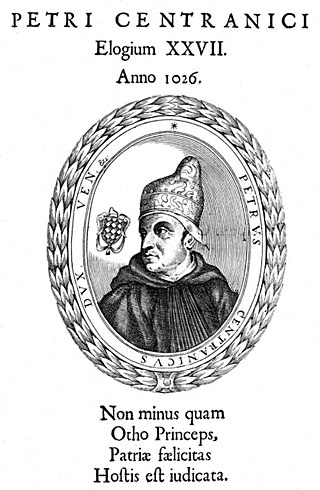
Pietro Barbolano was the 28th Doge of Venice. Reportedly a descendant of the legendary Eraclea, he was elected by the assembly of the nobles after the deposition of his predecessor, Otto Orseolo. The dates of his birth and death are unknown.

The Domini di Terraferma was the hinterland territories of the Republic of Venice beyond the Adriatic coast in Northeast Italy. They were one of the three subdivisions of the Republic's possessions, the other two being the original Dogado (Duchy) and the Stato da Màr.
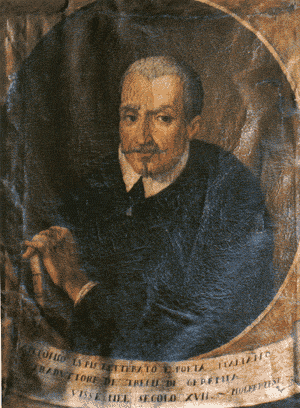
Antonio Lupis was a prolific Italian writer of the Baroque period.

Carlo Francesco Pollarolo was an Italian composer, organist, and music director. Known chiefly for his operas, he wrote a total of 85 of them as well as 13 oratorios. His compositional style was initially indebted to the opera tradition of Giovanni Legrenzi and Carlo Pallavicino, but he moved beyond this style with innovations to the compositional structure of the aria characterized by expanded forms and orchestral elaborations. His early work used three part strings in the Legrenzi and Pallacino tradition of orchestration, but his mid and later works had developed into a richer orchestration of five strings parts and expanded instrumentation of brass and woodwinds. He was the first Venetian opera composer and one of the earliest Italian composers to use the oboe in his opera orchestrations.

Cesare Rinaldi an Italian early Baroque poet.
Luigi Firpo was an Italian historian and politician.

Gaetano Cozzi was an Italian historian, professor at Padua University, and researcher with the Giorgio Cini Foundation and Fondazione Benetton Studi e Ricerche. He was a specialist in Venetian history, with special attention to the institutions, the relationship between law and society and the cultural environment.

Antonio Cappello (1494-1565) was a Venetian noble, a member of the San Polo branch of the Cappello family [it:Cappello (famiglia)]. A Procurator of St Mark's, he acted as ambassador to the court of Charles V at Gand, but is mainly remembered for his role as one of the main promoters of public art and architectural projects in sixteenth-century Venice. He resided in the palazzo on San Polo now known as Ca Cappello Layard and oversaw its redevelopment.
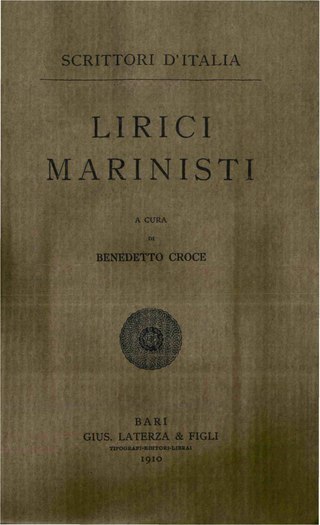
The Scrittori d'Italia was an Italian book collection, published by Giuseppe Laterza & figli from 1910 to 1987 in Bari. The series was born with the intent to define and explain a cultural canon of the new Italy, disassociating from a culture yet considered too much based on the classic of the humanism, and choosing to represent also the civil history of the newborn Italian State. The original work plan included 660 volumes, of which 287 were actually published for a total of 179 works.
Fulgenzio Manfredi, OFM, or Fra Fulgenzio, was a Franciscan friar, an observant minor, and active preacher in Venice from 1594. During the Venetian Interdict imposed by Pope Paul V, he gained particular prominence for his anti-Roman sermons, preaching against papal regulation of religious orders in the Venetian republic.

Minerva between Geometry and Arithmetic is a 1550 fresco fragment, usually attributed to Paolo Veronese but by some art historians to Anselmo Canera or Giambattista Zelotti. It was painted for the Palazzo de Soranzi in Castelfranco Veneto but now in the Palazzo Balbi in Venice.
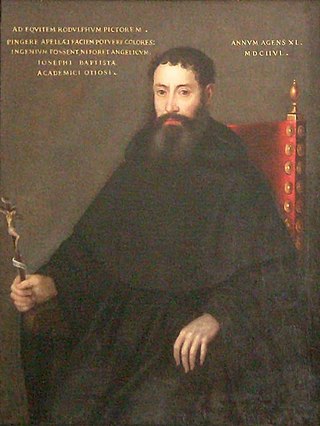
Angelico Aprosio was an Italian Augustine monk, scholar, and bibliophile.

Tommaso Stigliani was an Italian poet, literary critic, and writer, best known for his enmity with Giambattista Marino.
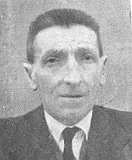
Roberto Cessi was an Italian historian and politician, specializing in Venetian history.
Antonio Bruni was an Italian Marinist poet. He was one of the most successful of Marino's followers.
Scipione Errico was an Italian poet, writer, literary critic and academic.
NicolaVillani was an Italian literary critic and Baroque poet.
Count Ridolfo Campeggi was an Italian nobleman, Marinist poet, librettist, and playwright.